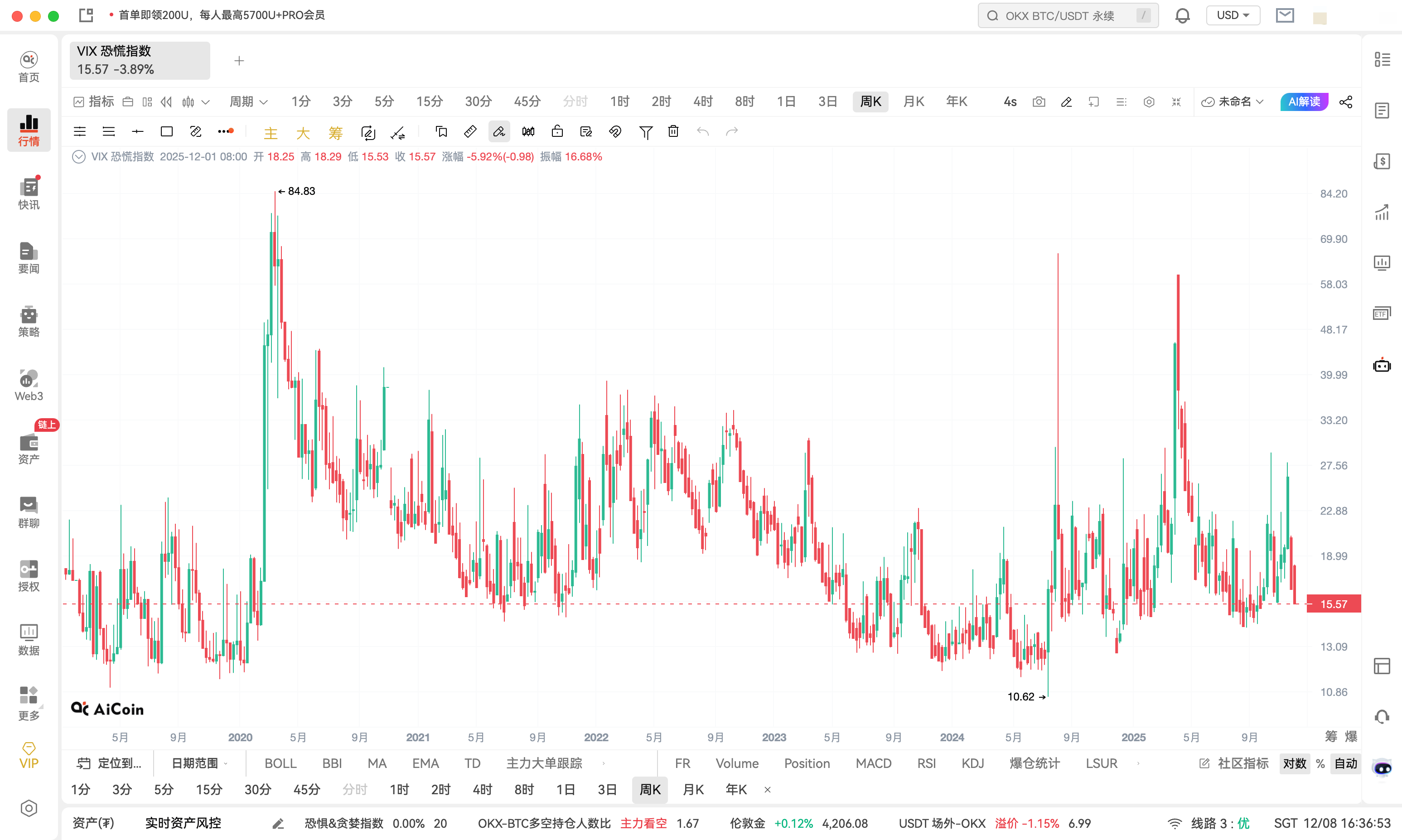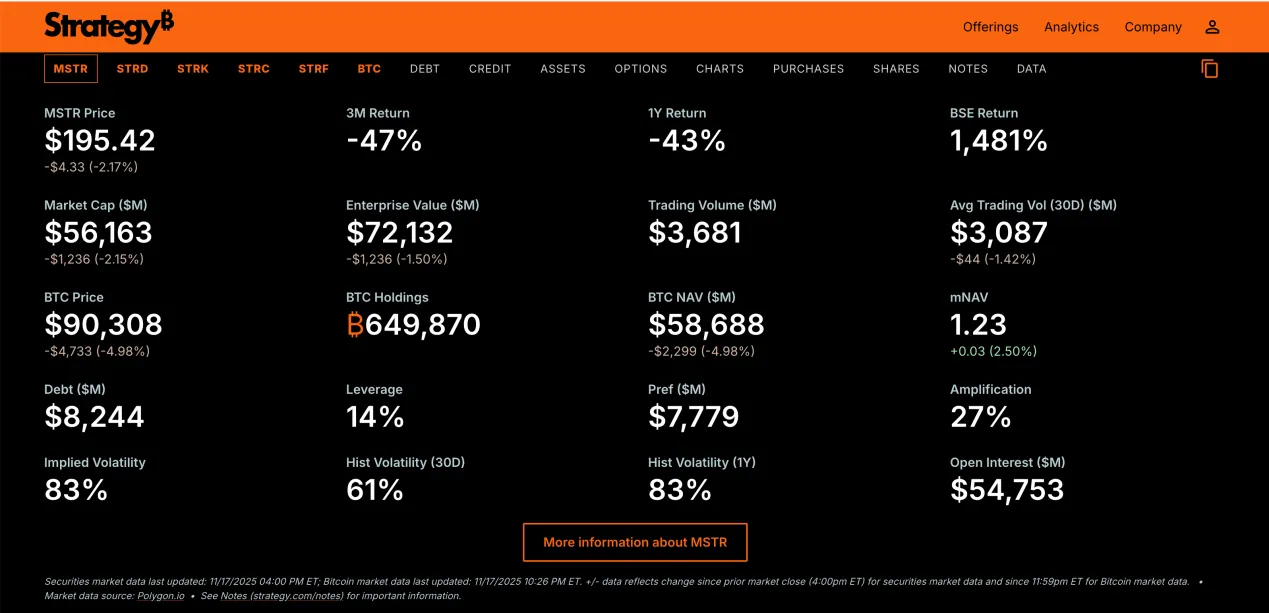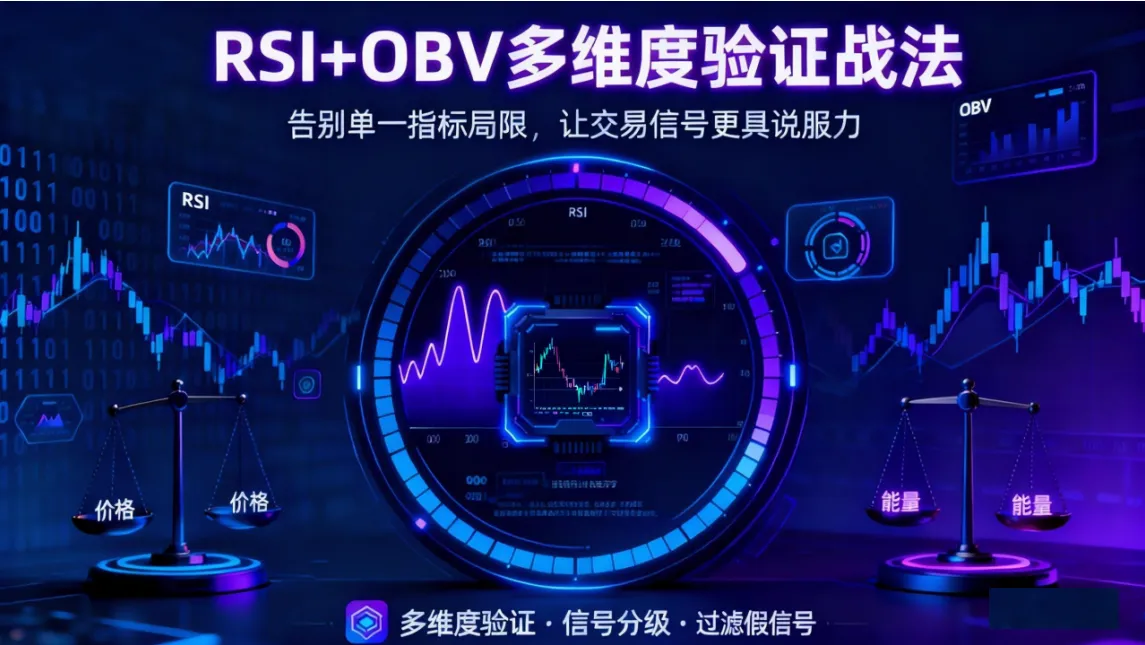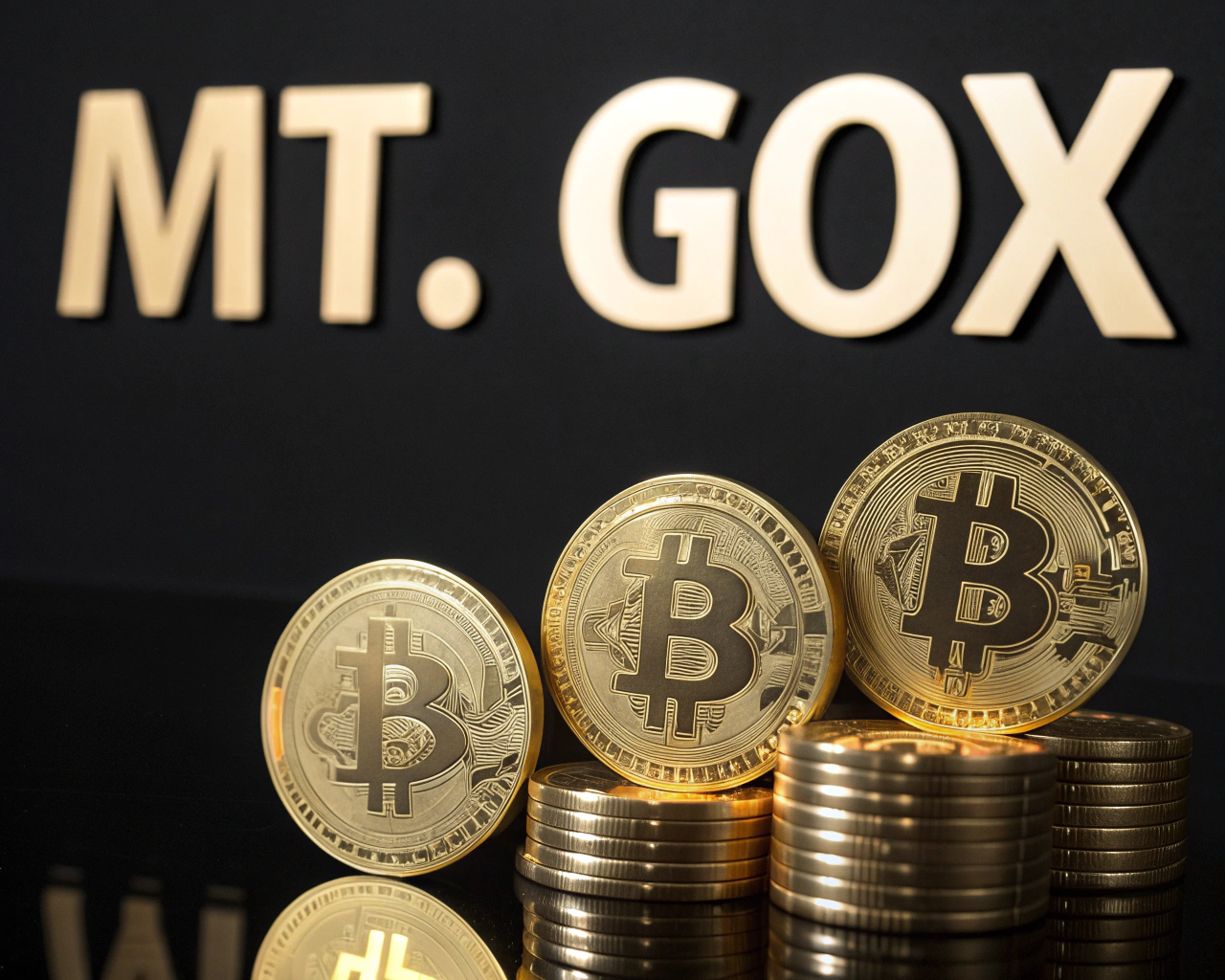Introduction
Who manages Ethereum? Who decides when and what changes are made to the Ethereum protocol? How much influence do end users of the Ethereum protocol have on the actions and decisions of Ethereum core developers?
Introduction to Ethereum
Ethereum is the world's largest blockchain, supporting over 4,000 decentralized applications (dapps) and attracting over 7,000 developers. With the adoption and growth of second-layer scaling solutions such as Arbitrum, Optimism, and Polygon, the network is expected to further expand. As the world's first general-purpose blockchain, Ethereum has consistently outperformed other first-layer competitors, boasting the highest market value and network security (defined by total staked value) of all general-purpose blockchains, apart from Bitcoin. This is why changes to the Ethereum protocol and the process of making these changes have far-reaching and significant impacts on other parts of the crypto industry.
Similar to Bitcoin, Ethereum's governance process is off-chain, led by the Ethereum Foundation, and conducted through online forums such as Discord, GitHub, Ethereum Magicians, and Zoom. ETH holders do not make any decisions through on-chain proposals or decentralized autonomous organization (DAO) voting. On one hand, this ensures that the governance process of pushing code changes to the Ethereum protocol is not influenced by large ETH whale holders and is not exploited by malicious actors through vulnerabilities in governance-related smart contracts. On the other hand, off-chain governance is difficult to audit and objectively assess, as the process is intentionally opaque, subjective, and unstructured.
Unlike Bitcoin, Ethereum is adept at deploying hard forks, which are backward-incompatible upgrades that require coordination among thousands of users running and operating Ethereum software. Over the past 8 years and 19 hard forks, core developers have adjusted Ethereum's governance process to make it faster, process-driven, and heavily reliant on a series of weekly conference calls known as "All Core Devs (ACD) calls" to discuss and track governance decisions affecting the Ethereum protocol.
EIP: Ethereum Improvement Proposal Process
The official process for Ethereum upgrades is called the Ethereum Improvement Proposal (EIP) process. It is based on the Bitcoin Improvement Proposal (BIP) process, which is the standardized process for submitting code changes to the Bitcoin protocol. The BIP process, in turn, was inspired by Python's PEP-0001 process, which outlines the governance model for improving the Python coding language. BIP and EIP are documents that describe new features or changes to Bitcoin and Ethereum, respectively. Specifically, the format of EIPs is set according to the guidelines and template defined by EIP-1.
EIPs come in three types.
Core: Refers to code changes that require a complete network upgrade to activate.
Networking: Refers to improvements to the Ethereum peer-to-peer networking layer, also known as "devp2p."
Interface: Refers to code changes that affect Ethereum client API and RPC specifications.
ERC: Refers to improvements related to the Ethereum application layer. Ethereum core developers are discussing separating ERC from EIP to form a separate governance process.
Meta/Process: Meta EIPs do not propose changes to Ethereum's codebase but describe changes to processes (e.g., decision-making processes for EIPs).
Informational: Informational EIPs also do not propose changes to Ethereum's codebase. They provide general guidelines and information about Ethereum that users can choose to ignore or follow.
Anyone interested in Ethereum can propose an EIP at any time. EIPs are submitted to the Ethereum EIP GitHub repository and then reviewed by dedicated EIP editors for technical soundness and correct formatting. New EIP editors will be considered on a rolling basis. The five EIP editors listed above have the authority to grant new EIP editing permissions to applicants who meet the EIP editing standards. The criteria for becoming an EIP editor can be found in EIP 5069: EIP Editor Manual.
As part of the EIP process, authors are required to create a "discussion" thread on the Fellowship of Ethereum Magicians forum before submitting an EIP draft to the EIP editor for review. This forum is a site where anyone can create topics and discuss issues related to Ethereum and Ethereum development. In addition to the Ethereum Magicians forum, EIPs can also be discussed on other online forums, including Discord, ethresear.ch, and GitHub. If the proposed EIP is a core EIP, the EIP author will also present their proposal to the Ethereum client teams during ACD meetings for discussion. The Ethereum client teams are entities that build and maintain Ethereum client software.
The five major clients of the Ethereum consensus layer (CL) are Prysm, Lighthouse, Teku, Nimbus, and Lodestar. The four major clients of the execution layer (EL) are Geth, Nethermind, Erigon, and Besu. Representatives of these nine teams meet weekly via Zoom to discuss EIPs and their implementation in Ethereum upgrades. After proposing an EIP at the weekly meeting (i.e., ACD conference call), the EIP author continues to gather feedback and review their proposal. The EIP author may modify their EIP based on feedback from the community and client teams. EIPs that have undergone this review process and gained support from client teams will be considered for implementation in future Ethereum upgrades. Due to the large number of EIPs, completing the review process for a proposal does not guarantee its implementation in the next Ethereum upgrade. Typically, Ethereum client teams must select from several equally technically sound and implementable EIPs based on the relative urgency and scope of the proposals to include in the next upgrade.
Over the past eight years, 61 core EIPs have been identified and implemented on Ethereum, 57 core EIPs are in the drafting or review stage, and 143 core EIPs have been withdrawn or deemed invalid. From these data, it can be seen that 23% of core EIPs proposed by developers have been activated in hard fork upgrades since the birth of the Ethereum chain.
In the next section of this report, we will further discuss the individuals and forums involved in the EIP process.
Individuals
Countless different groups participate in Ethereum governance. As the most decentralized general-purpose blockchain in the world, no single user, individual, or organization has the authority to change the protocol. However, overall, every user and stakeholder in the Ethereum ecosystem contributes to governance in various ways, whether by sharing their views on the network on social media, operating software, contributing code, or simply interacting with dapps on Ethereum. With no single company behind Ethereum, the constantly evolving and changing ecosystem of participants applies use cases to the protocol, sparks interest in it, and ultimately gives it value.
The collective will of Ethereum users is rarely homogeneous and cannot be defined without generalization. This report focuses on four specific stakeholder groups within the broader Ethereum community, referred to as the "Community" with a capital "C" in this report. The community is defined as an amorphous group of individuals and entities using, building, or developing on Ethereum. Within the community, there is the Ethereum Foundation, a nonprofit organization established by Ethereum's founders to manage the growth and development of the protocol. Next, we will discuss the role of Ethereum client teams in the community. These are the developers building Ethereum software and can be considered the most important decision-makers in the EIP process. Then, we will define validator node operators, a relatively new stakeholder group on Ethereum, who are the primary implementers of code changes. Lastly, there are dapp developers, who are the main users of Ethereum, shaping the network's use cases and providing feedback to client teams to determine the priority of code changes based on end-user needs.
Ethereum Foundation
The Ethereum Foundation (EF) is the oldest and most well-known nonprofit organization dedicated to Ethereum. It was created by the original founders of Ethereum, including Vitalik Buterin, Gavin Wood, Joseph Lubin, and others. At its inception, the EF received the largest supply of ETH from the pre-mine of the genesis block, accounting for 12 million out of the total allocation of 72 million ETH.
However, since 2015, the total amount of ETH held by the foundation has been decreasing over several market cycles, estimated to be less than 0.3% of the total supply as of April 2022. Similar to Ethereum, the structure and processes governing the EF are difficult to define. Unlike traditional nonprofit organizations, the Ethereum Foundation does not have a clearly defined organizational structure or roles. As stated on the foundation's website, the role of the EF "evolves and changes shape with the development of the Ethereum ecosystem." More specifically, the prominence of the EF in the community has gradually diminished over the years as the number of community stakeholders has increased, weakening the central influence of the EF on more ecosystem participants.
As of May 2024, the EF continues to employ several Ethereum protocol researchers and developers in the community and leads the organization's participation in ACD conference calls and the annual Ethereum developers' conference, Devcon. The exact size of the organization is unclear. The only members publicly listed on the foundation's website are Aya Miyaguchi (Executive Director), Vitalik Buterin (Co-founder of Ethereum), and Patrick Storchenegger (Board Member). The foundation's latest report on its operations and finances was released in April 2022.
Client Teams
Client teams build and maintain the software required to run and connect to the Ethereum network. Ethereum has nine major client teams—Geth (EL), Nethermind (EL), Erigon (EL), Besu (EL), Reth (EL), Prysm (CL), Lighthouse (CL), Teku (CL), Nimbus (CL), and Lodestar (CL), with only one directly maintained by the Ethereum Foundation. Individuals contributing to Ethereum client software are commonly referred to as "core developers" of Ethereum. However, the term is also used to describe foundation staff and contractors focused on upgrade testing or general protocol research work rather than client development. In general, anyone actively contributing to advancing the Ethereum core protocol, whether through research, client development, or upgrade testing, is referred to as an Ethereum core developer. The term "core developer" is a topic of debate in the community, as no single individual or entity has the authority to define the term or prevent its free use in the community.
Validator Node Operators
Validator node operators are the only entities that receive new ETH rewards through staking on Ethereum. Since the merge, validators have replaced miners as the primary block producers on the network. Validators are created when staking 32 ETH on Ethereum. Once activated, validators are randomly assigned tasks, such as validating transactions and appending new blocks to the blockchain. In return for fulfilling these responsibilities, validators are rewarded with incentives through network issuance, transaction fees, and maximum extractable value (MEV). The total staked amount on Ethereum by validators determines the security of the network, ensuring that the network remains secure unless malicious actors control over 33% of the total stake, preventing attacks on the network. Validators who intentionally do not upgrade their software during a hard fork activation or run incompatible software during a hard fork will cause a permanent chain split. Validators running on only one version of Ethereum will be penalized for being inactive on the competing version. By gradually increasing penalties, the stake of active validators on each version of Ethereum will decrease. The balance will eventually be sufficient to drive the network forward.
In theory, validator node operators have the ultimate decision-making power over which code changes can be implemented or rejected on Ethereum. However, in practice, the likelihood of a permanent chain split on Ethereum due to disagreements among validator node operators is low for various reasons.
Dapp Developers
In addition to the EF, client teams, and validator node operators, the dapp layer of Ethereum is the next most important and active focus group influencing code changes and hard fork upgrades. Dapp developers are the primary users of Ethereum, interacting with the Ethereum codebase to deploy smart contract code. Most end users interact with dapps through front-end user interfaces (UI) supported by wallet services, infrastructure providers, exchanges, or dapp developers themselves, rather than directly through the Ethereum blockchain. As a result, the demands of dapp developers are sometimes central to driving Ethereum development and prioritizing certain code changes.
For example, EIP 1153 was included in the Cancun upgrade, largely due to the efforts of two dapp protocol teams, Uniswap Labs and Optimism Labs. EIP 1153 introduced new economically efficient smart contract operations TSTORE and TLOAD for storing data in transactions that discard from the Ethereum chain state after execution. During the ACD conference call discussing the code change, OP Labs co-founder Mark Tyneway emphasized that EIP has the potential to save users on Uniswap $3 million in gas costs annually. EIP 1153 was initially proposed in June 2018 and later proposed for inclusion in the Shanghai upgrade in November 2022. The EIP was activated on the mainnet as part of the Cancun upgrade on March 13, 2024.
In addition to EIP 1153, dapp developers have also been at the forefront of proposing EIPs related to account abstraction in recent months. Account abstraction is a feature that allows smart contracts to have customizable and programmable authorization to initiate transactions. On Ethereum, only externally owned accounts (EOAs) can send and receive cryptocurrency. Unlike smart contracts, EOAs cannot execute code. Enabling account abstraction has been a long-term goal of Ethereum core developers and dapp developers, recently gaining attention through a backward-compatible EIP (known as ERC 4337). The proposal was initially put forward by Ethereum founder Vitalik Buterin in September 2021 and is currently in the draft stage, but is actively being iterated on by various client teams, EF researchers, and dapp development teams such as Matter Labs, Polygon, and Gelato.
It is difficult to quantify the impact of the dapp developer community on client teams, especially when the influence of developers can also affect community sentiment. In addition to dapp developers, end users, as well as smaller ETH holders, exchanges, and other blockchain infrastructure providers, play a role in advocating for code changes. As further discussed in this report, client teams are not immune to signals from end users through Twitter and other social media forums. Additionally, individuals comprising client teams may also operate their own validator nodes and have associated projects building different types of dapps and on-chain services. Therefore, while the interests of each focus group (i.e., client teams, validator node operators, and dapp developers) differ, the individuals comprising these groups often overlap, making it challenging to neatly categorize or define the stakeholders involved in Ethereum governance.
Forums
The voices of Ethereum ecosystem stakeholders converge on a series of different forums. Some forums are specifically used to build consensus among client teams rather than aggregating consensus among all Ethereum ecosystem stakeholders. The primary language used in these forums is English, likely because English is generally considered the most globalized and widely spoken language in the world. It is a key requirement for individuals and companies wishing to participate in the Ethereum governance process. However, the EF is working to improve communication with non-English-speaking communities through the translation of Ethereum-related information documents into several different languages. The ethereum.org website operated by the EF has been translated into 55 languages. Additionally, the EF intentionally hosts Devcon in various locations around the world to expand Ethereum's influence on non-English-speaking audiences. In 2022, Devcon VI was held in Bogotá, Colombia.
The following is a list of four main forums for discussing, organizing, and executing Ethereum development. In addition to these forums, community discussions around Ethereum are also shared on social media platforms such as Twitter and Reddit. However, while social media platforms are popular, they generally do not host centralized in-depth discussions about Ethereum development or governance. Instead, Ethereum community members use them to share quick updates and information on Ethereum-related topics that can spark discussions but are not formally recognized as key governance forums in the EIP decision-making process.
Ethereum All Core Developers (ACD) Calls
One of the most important decision-making forums for Ethereum protocol development is the ACD meetings. ACD meetings are organized by the Ethereum Foundation and have been held since November 2015 (a few months after Ethereum's launch). They are publicly recorded Zoom meetings lasting about an hour and a half. They are open to anyone in the Ethereum community, but the most common participants are EIP authors, client teams, Ethereum Foundation researchers, and the Ethereum Cat Herders. ACD meetings are open to anyone interested and can be joined via live stream or directly on Zoom.
From 2016 to 2021, ACD calls were chaired by Ethereum Foundation staff member Hudson Jameson. During this time, ACD calls were held every two weeks. Jameson has since stepped down as the chair of ACD calls and currently serves as an advisor to various Ethereum projects, including the development team behind Status, Chainlink, and Polygon, Matic Labs. Starting in 2021, Tim Beiko of the Ethereum Foundation took over as the chair of ACD calls. Meanwhile, from 2018 to 2022, Ethereum core developers focused on building Ethereum's proof-of-stake consensus protocol also organized bi-weekly calls. These calls were hosted by Danny Ryan of the Ethereum Foundation.
Since the merge launch in September 2022, ACD calls have been renamed and formalized into two separate series of meetings: All Core Developers Execution (ACDE) calls and All Core Developers Consensus (ACDC) calls. Each call is held every two weeks, meaning ACD calls are now held weekly. ACDE calls are hosted by Tim Beiko and focus on protocol-level changes for the Ethereum execution layer (EL). ACDC calls are hosted by Danny Ryan and focus on protocol-level changes for the Ethereum consensus layer (CL).
The restructured ACD calls reflect the dual nature of Ethereum's network and the increasing protocol complexity around protocol changes, involving more and more subject matter experts and network-specific client teams. ACD calls primarily discuss the technical merits of EIPs. While this is the goal, it is sometimes difficult to avoid discussions of moral or ethical considerations around ACD call decisions, depending on the issues at hand. Over 250 ACD calls have been organized since 2015. Most are recorded live and can be rewatched on YouTube.
ETHMagicians and Ethresear.ch
The agendas of ACD calls are often influenced by discussions and conversations posted on the ETHMagicians and Ethresear.ch forums. These forums are places for discussing EIPs in the conceptual or draft stage and circulating them for feedback. Additionally, these forums delve into in-depth discussions around non-technical issues of the Ethereum protocol, such as which EIPs and plans should be prioritized for upgrade based on community sentiment. While both forums are equally active, ETHMagicians is a more general forum where almost any technical or non-technical topic related to Ethereum can be discussed. Ethresear.ch tends to showcase early research ideas for protocol technical code changes, which are then formalized and posted on ETHMagicians for broader community discussion. ETHMagicians is organized by former Ethereum Foundation core developer Jamie Pitts and an anonymous developer of the Geth (EL) client "Lightclient." Ethresear.ch is organized by several Ethereum Foundation staff members, including Hsiao-Wei Wang, Justin Drake, Danny Ryan, and Vitalik Buterin.
Objection
To coordinate active EIPs on a daily basis in preparation for upcoming upgrades and provide urgent updates to client teams, there is a dedicated Discord chat room where Ethereum core developers, researchers, and other members of the Ethereum community can coordinate development in real time. The Ethereum Research and Development Discord channel is a place for client teams and the broader Ethereum community to collaborate on protocol issues, research plans, and raise questions. During Ethereum upgrades, client teams use it as the primary communication channel to convey the health status of the Ethereum network and coordinate the launch of upgrades on the Ethereum test network. It is also a forum for communication and organizing community calls that run concurrently with ACD calls, such as discussing the technical details of EIP 4844, proto-danksharding, and EIP process changes.
From 2015 to 2018, the primary channel for asking questions about the Ethereum protocol and participating in daily protocol development was through a chat room called Gitter. However, as the number of Ethereum community and protocol contributors grew, there was a need for a more complex way to organize multiple chat rooms on a single forum. Therefore, developers migrated communication to shared Discord channels, and as of July 2023, the channel has over 50 individual chat rooms for discussing various segmented topics in Ethereum research and development. The Ethereum Research and Development Discord channel is a center for asynchronous discussions on ACD topics and actively tracks the implementation of proposals presented on ETHMagicians or Ethresear.ch.
GitHub
Finally, the primary forum for drafting and documenting the status of the Ethereum codebase is GitHub. On GitHub, an organization page called "Ethereum" hosts hundreds of code repositories. These repositories contain code for protocol draft versions being developed by Ethereum researchers and client teams for upcoming upgrades, as well as the history of ACD calls and copies of final EIP proposals. The repositories also host specifications that not only detail the core Ethereum protocol but also provide detailed documentation on node APIs, the Solidity smart contract language, testing tools, and more. Changes to the Ethereum core codebase (defined as EL and CL specifications) occur monthly. The primary individuals authorized to merge and update the Ethereum GitHub repositories are client teams and staff of the Ethereum Foundation. The actual changes to the Ethereum specifications (i.e., the execution of governance decisions affecting Ethereum code) take place on GitHub, while key decisions are made asynchronously on ACD calls or Discord. On GitHub, users can track changes to the Ethereum specifications and access the latest versions of the specifications. Merging code changes into the official Ethereum GitHub repository is one of the most important steps, marking the final determination and implementation of decisions made on other governance forums.
While GitHub is a leading open-source code development platform in the broader programming community, Ethereum developers have previously discussed reducing reliance on this centralized platform, especially in cases where GitHub has restricted platform access under government pressure. Alternative solutions for decentralized development that developers can explore in the future include Radicle and Mango. Additionally, given that GitHub's version control system git is a permissionless protocol that does not require website hosting or management, the community is encouraged to host local copies of the Ethereum codebase on their devices. Additionally, one of the motivations for hosting conversations about code changes on ETHMagicians and Ethresear.ch is to replicate issue explanations and pull requests on several other platforms.
Honorary Tags
In addition to the main figures and forums mentioned above, several organizations and protocols have had a meaningful impact on the development of Ethereum over the years.
Ethereum Cat Herders
The Ethereum Cat Herders is a donation-funded group of individuals who create meeting notes, write informative blog posts, conduct community outreach, and produce video content to educate the public about Ethereum. The organization was founded in January 2019 by prominent Ethereum community leaders such as former ACD chair Hudson Jameson and former core developer Lane Rettig. The organization is led by Pooja Ranjan, the founder of the blockchain publication website EtherWorld. The Cat Herders are a decentralized Ethereum "project management" group that helps coordinate network upgrades and improve communication between client teams and the broader community. They investigate and analyze EIP activities and inform how to improve the governance process surrounding Ethereum code changes. In addition to guiding the EIP process through project management participation, they also host weekly EIP improvement calls and EIP office hours to track the status of each EIP and guide them through discussion, drafting, review, final call, and final stages. They also host a weekly YouTube series introducing EIP authors and their proposed code changes, called PEEPanEIP. The Ethereum Cat Herders work closely with EIP editors to refine the EIP process and make changes based on collective consensus.
Ethereum Protocol Guild
In addition to the Ethereum Foundation and the Ethereum Cat Herders, there is the Ethereum Protocol Guild, which is a smart contract application designed to help fund Ethereum core development. Anyone can send fungible tokens to the smart contract, which are then distributed to the addresses of individuals who actively contribute to Ethereum protocol research or client development. As of June 2023, the Protocol Guild registry has 142 individuals from various client teams, including Geth, Erigon, Besu, Lighthouse, Lodestar, Nethermind, Prysmatic Labs, Teku, and Status. As of May 2024, the Protocol Guild has distributed over $17.8 million, with funds actively donated by major dapp projects such as Uniswap, Ethereum Name Service, Ether.fi, Nouns DAO, and Moloch DAO.
The Protocol Guild accepts funds from any address at any time. All funds are gradually added to the registry over time and distributed to members based on the proportion of active contributions to the Ethereum protocol. The Protocol Guild serves as a proxy for assessing the growth of Ethereum core developers over time.
The Protocol Guild is committed to actively funding all Ethereum core developers through voluntary donations, which are automatically allocated to contributors (also known as guild members). Guild members themselves are responsible for maintaining the developer registry by removing or adding new members.
Optimism's Retrospective Public Goods Funding
A notable contributor to the Protocol Guild is the Optimism Collective. Optimism is the second most valuable L2 on Ethereum, second only to Arbitrum, with on-chain assets totaling $6.5 billion. Optimism was launched by a development team called OP Labs in 2021. OP Labs operates software called the sequencer, which aggregates and orders user transactions in blocks. While the intention is to decentralize this function over time, OP Labs has committed to using all profits from their sequencer (through transaction fees) to fund public goods experiments. All sequencer revenue is owned by the Optimism Foundation, a non-profit organization dedicated to developing a decentralized Optimism "collective." (Think of OP Collective as the Ethereum community version of Optimism.)
The foundation reallocates income to public goods projects voted on by OP token holders and other Collective members, as defined by Optimism's bicameral governance model. Since 2021, the Optimism Foundation and the broader Collective have reallocated over 40 million OP tokens to various public goods initiatives. The Protocol Guild has been the biggest beneficiary of these allocations, receiving over 600,000 OP tokens in three funding rounds.
Gitcoin
Given the decreasing budget of the Ethereum Foundation and the growing end-user and dapp ecosystem, the Protocol Guild is committed to creating a long-term funding mechanism for public goods. Another example of a funding mechanism with long-term potential to support Ethereum core protocol development is Gitcoin. As mentioned earlier, multiple client teams such as Nethermind, Prysmatic Labs, Lighthouse, and Lodestar have relied on Gitcoin to secure partial funding for their projects. Gitcoin aims to support programmers and developers working on open-source software by helping them raise funds for their projects using cryptocurrency.
Past Upgrades
Over the past eight years, Ethereum core developers have executed 19 backward-incompatible hard fork upgrades. These upgrades varied in complexity, urgency, and controversy. One upgrade resulted in a permanent chain split, while another upgrade expelled an entire network stakeholder group from network participation. Each upgrade has impacted Ethereum's governance process, shaping it into the multi-faceted process it is today, involving multiple individuals, organizations, and forums. In this section, we will discuss seven significant governance decisions in Ethereum's eight-year history and further examine the individuals, organizations, and forums involved in the decision-making process.
Reaching Consensus on Technical Issues
In most cases, Ethereum core developers intervene through the EIP process to drive and implement code changes. Additionally, they make execution decisions for the blockchain when unexpected and time-sensitive vulnerabilities arise. One of the most controversial decisions in Ethereum's history is the DAO hard fork, which stemmed from an accidental flaw in the smart contract application DAO, affecting many ETH holders. When determining the best way to address unexpected technical issues, Ethereum core developers are the primary voices in conceptualizing, proposing, and ultimately implementing solutions. In the case of the DAO hack, the solution implemented by the Ethereum client teams resulted in a permanent chain split and created a new Ethereum protocol, demonstrating an important feature of Ethereum: its permissionless nature, allowing any user group to fork the codebase and launch a new version of Ethereum. The DAO hack also illustrates that Ethereum core developers are not always a homogeneous group with the same views on how the Ethereum codebase should evolve.
Conclusion
Ethereum governance is a complex maze composed of individuals, organizations, forums, and processes. Like the community, the decision-making process is amorphous and difficult to define, as it is primarily influenced by social norms and narratives rather than formal rules or binding on-chain voting mechanisms. While decisions about the future of the Ethereum protocol have sparked division and schism within the community, Ethereum's roadmap remains ambitious, listing several EIPs that have sparked debate and discussion within the Ethereum community.
As Ethereum core developers act as gatekeepers and ultimately decide on changes to be implemented through upgrades, the Ethereum protocol is likely to continue evolving rather than becoming ossified. If a technology becomes too upgradable, there are also concerns about regulatory capture, as seen in smaller, finance-focused dapps and DAOs. Concerns about regulatory capture around the upgradability of decentralized technology are beyond the scope of this report but may be a research area to consider in the future.
Ethereum has made significant strides as a technology, pushing the boundaries of what is possible with blockchain technology. Additionally, as a social community, Ethereum continues to raise new questions about the best governance forms for decentralized and open-source technology. As Ethereum core developers pursue increasingly ambitious development roadmaps, which include upgrades to expand the Ethereum ecosystem to multiple Layer 2 protocols, all network stakeholders must consider how social norms of Ethereum governance (rather than established processes) can and should continue to shape the future of Ethereum.
免责声明:本文章仅代表作者个人观点,不代表本平台的立场和观点。本文章仅供信息分享,不构成对任何人的任何投资建议。用户与作者之间的任何争议,与本平台无关。如网页中刊载的文章或图片涉及侵权,请提供相关的权利证明和身份证明发送邮件到support@aicoin.com,本平台相关工作人员将会进行核查。




